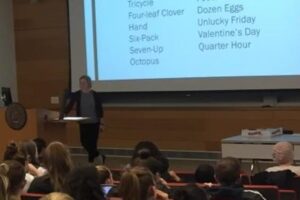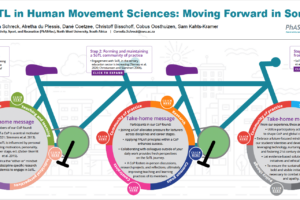
Failures in SoTL
At ISSOTL22 in Kelowna, we shared the notion that, although many SoTL projects are designed to demonstrate “what works,” there is much to learn about what doesn’t work and other forms of failure in SoTL. Participants in the standing-room-only room were eager to explore the implications of not talking about failure in SoTL. Our discussion of different kinds of failure in SoTL and the enthusiastic reception led to an invitation for us to co-author a paper for Teaching & Learning Inquiry to explore failure in SoTL.
After this session and subsequent conversations with participants, we regrouped to explore failure further, specifically, the different kinds of failure experienced—but rarely discussed—in SoTL. Inspired by Horton’s (2020) work that reflects on all kinds of failure across higher education, we ultimately developed a typology that gives a name to many of these unspoken experiences, providing a systematic way for SoTL practitioners to frame their experiences. Our typology organizes them under three broad categories: failures relating to students, the researchers, and the project itself. The studyprovide a nuanced blueprint for different types of failure experienced but not made public in the field.
In our upcoming publication, we share the foundational elements of the typology as a whole and provide brief overviews of key types that can be used to explore varied loci of failure—and their potential impacts—in SoTL, and highlight examples of each. Our goal for our work on this topic is to advance dialogues around failure that could shape the field of SoTL and scaffold ways of navigating what has been a reluctant conversation for many. We will also be at ISSOTL23 to discuss our typology with conference attendees and look forward to those conversations.
Horton, John. 2020. “Failure Failure Failure Failure Failure Failure: Six Types of Failure within the Neoliberal Academy.” Emotion, Space and Society 35: 100672.




